Gerddi Cudd [pronounced Garthi Cuth] is Welsh for the Hidden Garden. The name is apt, for it is well set back from the road that runs between Menai Bridge and Beaumaris. Without the signposts you would miss it. As it is, you walk up a steep drive [Helen pushed the trolley all the way, despite my offering help.] The entrance path on the drive runs between sides abundant in blue hydrangeas and a variety of trees as it leads to the farm,grazed by sheep, that is at the heart of the estate before you reach the walled garden.
The tale of the garden is one of decay, renewal,tempest and refusal to be beaten by the overwhelming power of the elements, which can defeat human constructions, but cannot deny our power to overcome disaster, both as individuals and as a community. The walled garden, which is unusual in that it is to some extent curved rather than rectangular, was established when the Price family created an estate fit for a gentleman out of their lands, emparking certain areas and making a walled garden, which in accordance with the traditions of the time became a home garden, growing fruit and vegetables for the house. When the Price line died out the land was sold on and for a while it was tended by the Fanning Evans family, but when her husband died and she was aging Mrs Fanning Evans tended a corner of the garden for as long as her body was capable, but then she went into easier accomodation and the garden fell into ruin.
In 1997 along came Anthony Tavernor, a Staffordshire farmer, who bought the estate and began to restore it. He began by restoring some old cottages, which would be turned into holiday lets to provide him with an income, and soon he developed a herb garden behind the main house and he planted up an old courtyard. So far, so good. However, recreating a full vegetable garden would have been too labour-intensive and uneconomic, so he went for a fruit and flower garden, and soon it was back to something of its former glory.
Then the floods struck. Water pressure overwhelmed a two hundred year old wall, flooding the garden and destroying many plants. But that did not deter Anthony. He picked himself up and started again. I saw the restored garden and it is beautiful.


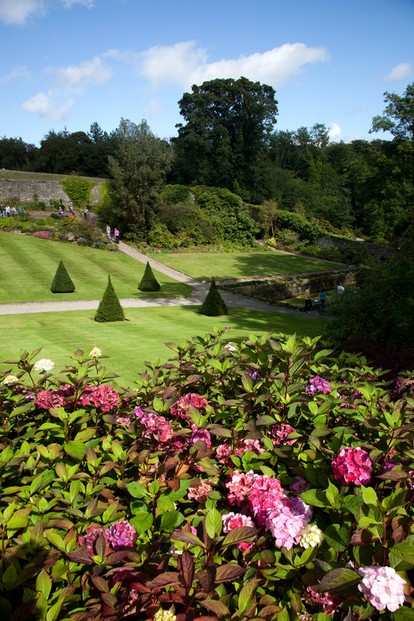


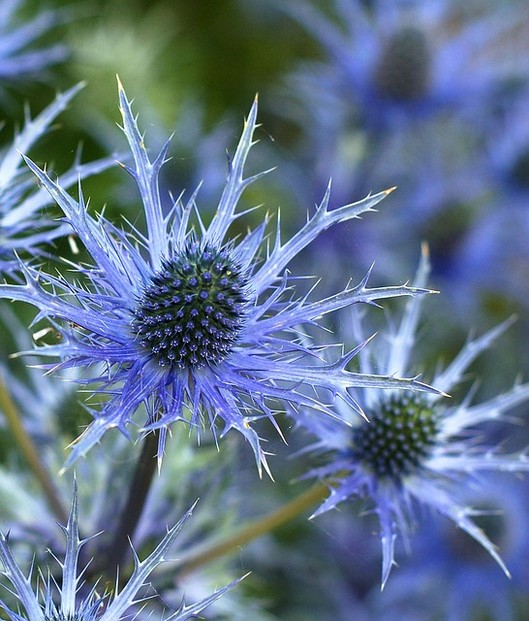
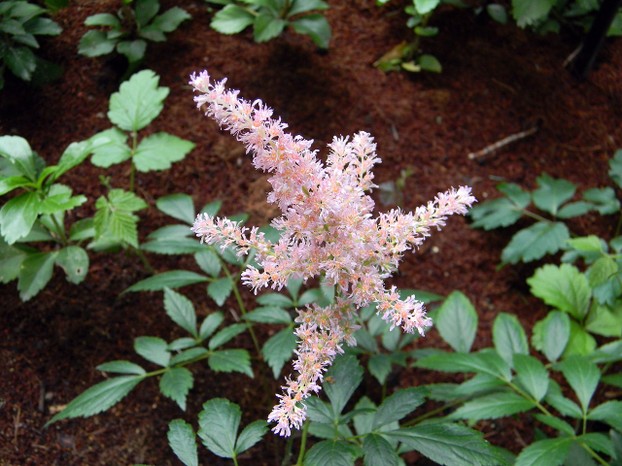
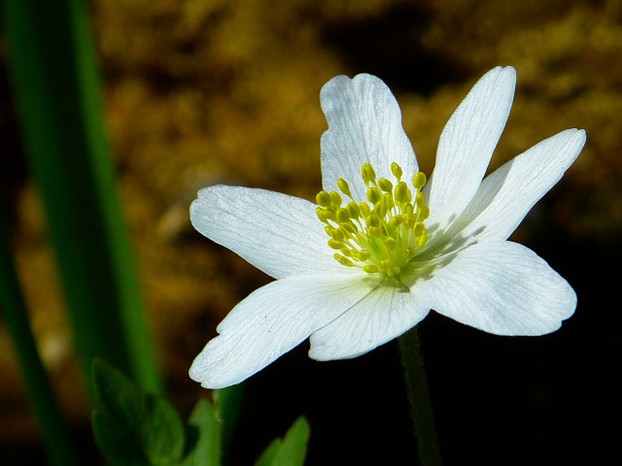





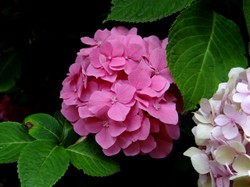

 TheThousand Year Gardenon 11/26/2025
TheThousand Year Gardenon 11/26/2025
 Women of the Gospelson 10/11/2025
Women of the Gospelson 10/11/2025
 Religious Gardenson 08/25/2025
Religious Gardenson 08/25/2025
 Doctor of the Church: John Henry Newmanon 08/03/2025
Doctor of the Church: John Henry Newmanon 08/03/2025

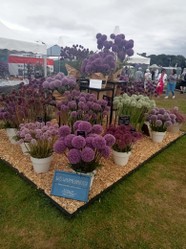
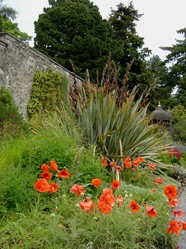
Comments
Scots. There are fewervdialects in Scottish Gaelicbthan Irish.
Thank you!
So it's sensible to know Munster Gaelic and Ulster Gaelic.
What is the official Scots Gaelic dialect?
The speakers may use Ulster Gaelic, the dialect nearest to Scots. Official Irish Gaelic uses the Munster dialect, which is the southern dialect and the purest Gaelic there is.
My friend, who is a far better Gaelic speaker than I, uses Irish Gaelic, but can understand Scots Gaelic speakers
Additionally, I ponder about a conversational scenario among an Irish person, a Scots-Irish person and a Scots person.
What language would the Scots-Irish person speak?
Would there be such a thing as Scots-Irish Gaelic?
(Why would they be called Scots-Irish instead of Irish-Scots?)
Thank you!
Now I ponder a conversational scenario between an Irish Gaelic speaker and a Scots Gaelic speaker.
Would it be difficult or easy for them to understand one another?
With some difficulty.
Thank you!
That's interesting in your comment below about southern Welsh dialects as "closer to Cornish than northern ones are."
Might that mean that a northern Cornish-person and a southern Welsh-person would be able to carry on a mutually comprehensible conversation?
The confusion in the sources may be due to the similarities between Cornish and Welsh, but southern Welsh dialects are closer to Cornish than northern ones are.
Thank you!
Some internet sources have Plas Cadnant confused as Cornish, some as mixed -- ??!! -- Cornish and Welsh, some others as Welsh.
One online source indicates as the phrase meaning "hall, mansion" for plas and "confinement" for cadnant.
Might that be correct?